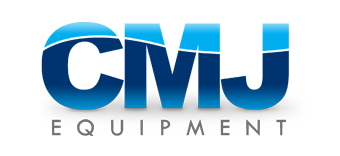What is bump testing?
A bump test, or functional test, involves exposing a detector to a gas concentration testing the sensor’s ability to respond. Gas is applied to verify that audible and visual alarms are activated.
A note of caution: each time a gas sensor is exposed to gas, the life of the sensor is reduced, and the calibration accuracy of the unit is decreased.
WorkSafe BC requires that a bump test be performed monthly for some sensors.
Does the complete system need to be replaced when sensors are no longer working?
The simple answer in most situations is NO. Gas detection systems are electronic devices with consumable sensor elements. During calibration, the life of these sensor elements can be determined, and we advise whether or not it should be replaced. Most systems, including systems that are discontinued regardless of their age, would just need the sensor element replaced unless the specific sensor used in the system has been discontinued.
There are applications, however, where the cost to service and maintain an old unit can be more expensive than replacing it with a newer unit. We always review each application to help you determine the most cost effective option for your facility.
What is calibration?
Calibration is a service in which a known certified gas concentration is applied to the gas detection unit. The accuracy and quality of measurement is noted, and adjustments to the system are made ensuring the system’s response is correct.
Calibration is performed to minimize any measurement uncertainty and adjust for natural drift as the sensor ages. By calibrating, you ensure the accuracy of the gas detection equipment and maximize your safety.
Why does a unit need calibration?
Gas detection systems use sensor elements to measure the gas levels. As a unit ages and is exposed to gas, the sensor elements will ‘drift’ away from their calibration point. This creates a health and safety issue as you do not know if the gas detection is responding accurately.
All manufacturers state in their procedures and equipment manuals that the systems require a regular calibration service.
It is also a WorkSafe BC requirement that these systems be serviced at least once a year, or serviced according to manufacturers’ guidelines if more frequent calibrations are required.

